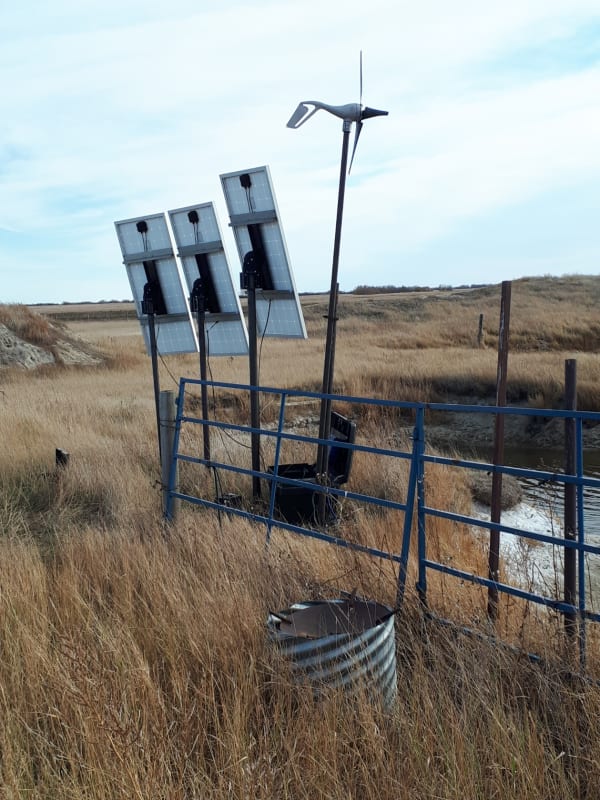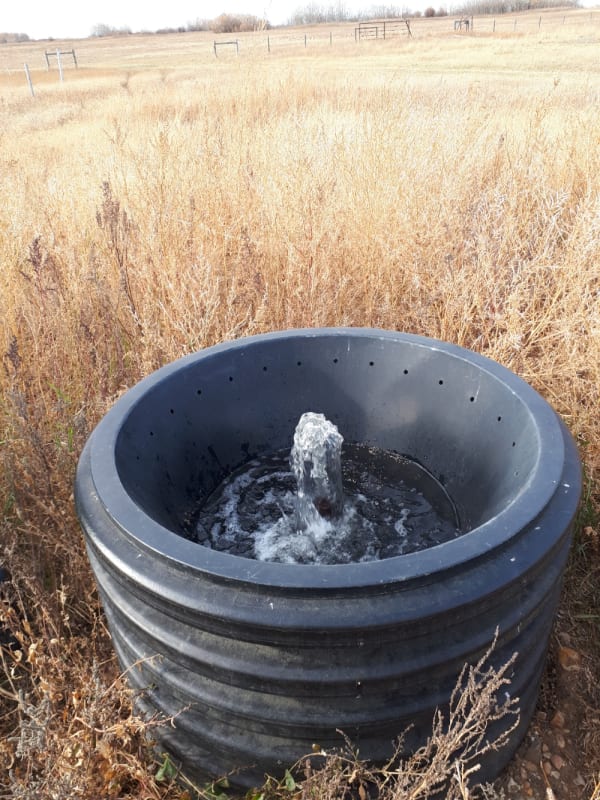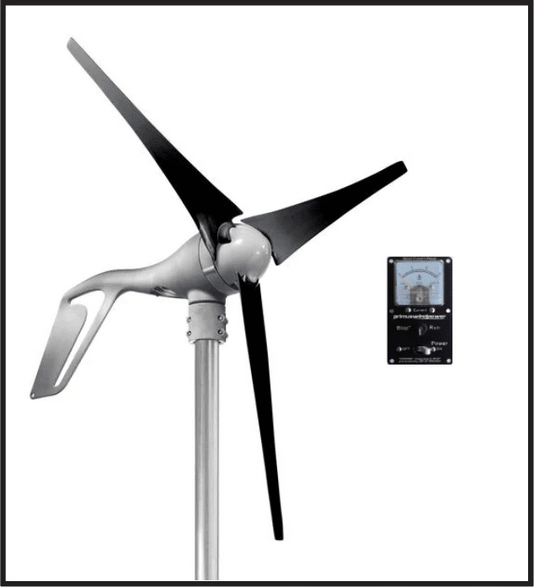What about a VFD? What do you mean by "Field Oriented Controller"?
Your links to Odrive aren't opening for me.
There are a few niche applications for load control of voltage.
The Primus is one such.
Using the batteries for load control allows different sources to operate in parallel.
This may more than one Primus turbine generator in parallel or, as in my example, a Primus generator working in parallel with solar panels.
Load control of an AC generator has some drawbacks.
<Anecdote alert.>
An engineering firm approached a remote indian reserve and proposed replacing their diesel generator with a hydro-electric generator.
The plan was to run the water turbine full out with no control on the water flow.
Speed or frequency would be controlled by switching in more or less load.
For a load bank they proposed building a laundromat and using the waste energy to heat the water.
They installed a very large hot water tank, with a large number of heating elements.
The control would switch on or off heating elements as needed to use any excess energy and thus control the frequency.
So, not only free electricity but free hot water for the laundromat.
The Department of Indian Affairs was happy to finance the project.
Then reality struck.
I had a lot of friends in the area and was quite interested in the system.
I dropped in to the engineering office in the city and the folks there were happy to talk about their pet project.
I asked how the size of the generator was determined.
"Well, the Department of Indian Affairs requires a full engineering study for installations over 50 kW,so by that criteia, we selected a 50 kW generator.
That was the first mistake.
50 kW was not enough for the demand of the community.
There was chronic issues with very low voltage and frequency.
Normally, it would be simple to set up the hydro control for base load and adjust the diesel control for peaking control.
BUT
NOT WITH LOAD CONTROL.
Either the hydro or the diesel, but not both together.
I passed through later that year.
As I entered the community I could hear the diesel running. The system had been barely usable during the day and they had been switching to the generator for the evening peak ;oads.
I met one of the elders and asked him what was wrong.
"NO Water.
If they had asked, we could have told them that that creek goes dry every summer."
<Anecdote off>
Do you realize that some of us have studied for several years to learn the basics of generation and control?
A great many generator are speed controlled by a variation of a PID controller. That Proportional-Integral-Derivative.
Almost all use a Proportional control. Some use Proportional + Integral.
The basics of PID control may warrant at least a semester of study, possibly more.
The construction and application of PID controllers is more involved.
PID controllers may be mechanical, pneumatic, or electronic.
The input may be any thing that may be quantified:
Speed,frequency, heat, voltage, pressure, current, Watts, mechanical position.
One a variable has been quantified, the input to the PID may be direct mechanical, a pneumatic signal. (3 to 15 psi was common.)
The input may be a variable current.
The output may be a variable voltage.
The output may be a variable pneumatic signal.
The output may be a variable mechanical position.
Trying to cram several semesters of study into some questions and answers on a free internet site may not be productive.
Why not hang a prop on an automotive alternator?
Select an alternator with a built in voltage regulator.
It will operate over a range of a few hundred RPM to a few thousand RPM.
It is optimized for charging batteries.
When the barreries are fully charged, the voltage regulator will remove the field excitation and the generator will spin free.
--------------------
Ohm's law
Not just a good idea;
It's the LAW!



